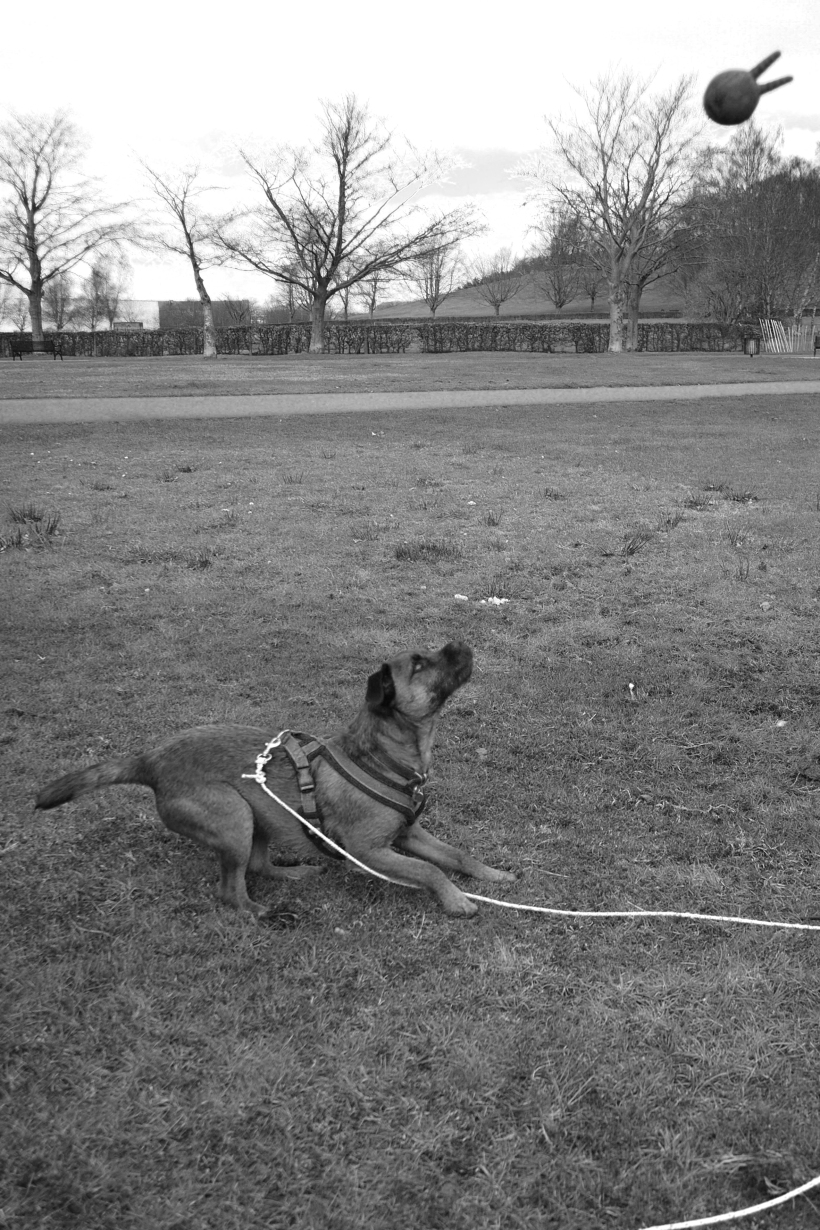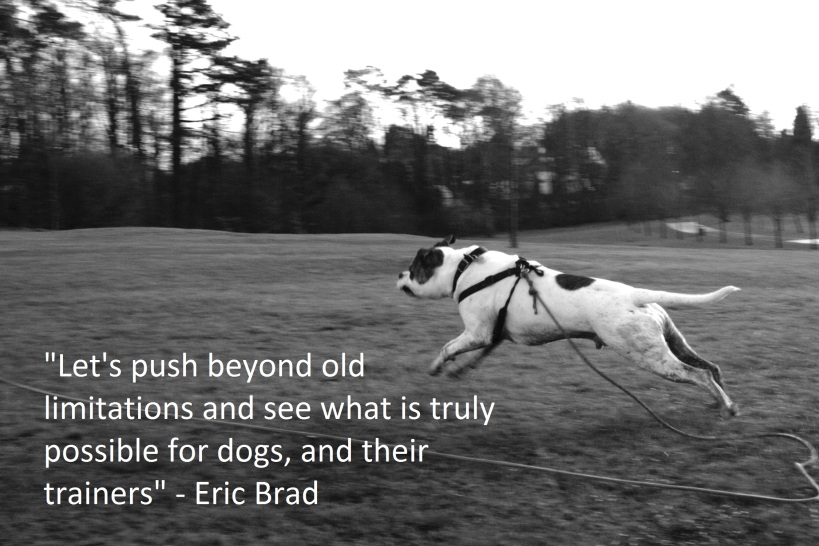
Nothing in Life is Free (NILIF), Learn to Earn. You may be familiar with these terms. They were devised, probably by well intention people, to allow you to use what your dog routinely gets in his life as ways to train him. The other thing some NILIF advocates is that your dog is behaving in a poor manner because he has unlimited access to resources, is spoiled or thinks he’s the “boss” or you are not the “pack leader”.
Now, some of what I say in this blog may seem contradictory as you read it, but it’s the reason why we are doing it, and the scientific reasons for it’s success/effectiveness which are important.
Following on from last week’s blog, I’ll define a couple of terms again, in simple terms (very simple)
1. Classical conditioning – learning by association.
2. Operant conditioning – learning by trial and error
3. Reinforcement – anything which causes the increase in the duration/frequency/intensity of a behaviour
4. Punishment – anything which causes the decrease in the duration/frequency/intensity of a behaviour
5. Positive/negative – adding(+)/subtracting(-) something from the dog’s environment. In training/learning, it doesn’t mean good or bad. We have positive and negative punishment and positve and negative reinforcement.
Proper understanding of the terms is important, because it allows us to have a greater understanding of what we are doing during training and why we are doing it.
So, to get back on topic. NILIF protocols advocate taking everything away from your dog if he isn’t behaving the way you want him to behave. The dog has no free access to food, toys or people for petting, playing etc. Further, every time your dog wants something, he has to earn it. You can’t just give your dog something, like a rub on the ear, just because he’s your pal and you want to. He has no access to toys he can play with himself, like chewing on a nylabone or kong, or playing with a squeaky plush toy to keep himself amused. Every morsel of food, every game you play with your dog, every time you want to pet her depends on her doing something you want her to do like sitting politely or coming when called.
The NILIF protocol says that when you decide you want to, you give the dog all the good things, and don’t when you don’t want to. What can happen here, is that if owners can’t be bothered or don’t have the time to interact with their dogs, they now have permission not to. It further recommends that if your dog approaches you for attention, ignore him, but when he walks away, then call him back and pet him then. That way, you are dictating access to you, not the other way around.
Now, if you haven’t already thought about this, this can lead to a very sad and frustrated dog. The day before you instigated this programme, your dog was fed regularly, had toys to play with, could come and say hi when he wanted to and you’d say hi back. Now his whole life has been changed, and as far as he’s concerned, not for the better and he can become depressed. The dog can also become demanding if this happens as he is trying desperately to get attention.
The other side of this, is that we can do very similar things to NILIF, but for different reasons and obtain hugely different results. These are all training programmes I’ve learned from the best trainers in the world such as Ian Dunbar, Jean Donaldson, Ken Ramirez and Kathy Sdao, among many others. Your dog has to eat. Hopefully, you like going out for walks, playing with your dog and giving them attention and petting. Your dog likes, and needs, these things too. So let’s use them for training. This is where it does become different.
1. Your dog’s food – food is a primary reinforcer. So let’s use it to train our dog. It reinforces behaviour, so when your dog sits, give him a piece of kibble so he’s more likely to do it again. Take your dog’s food out on a walk with you. Sit on a park bench and every time a person or dog walks past, give him a piece of food. This way he learns dogs and people means food comes out which makes him feel good and with enough practice, dog’s and people approaching makes him feel good with there being no food present (classical conditioning) and you are reinforcing him for paying attention to you when people or dogs are around (operant conditioning using positive reinforcement).
2. Your dog’s toys. Let him play with his own toys. He has his, I have mine. Mine are a couple of balls on ropes and a tug toy. He gets to play with his by chewing on them, maybe throwing them in the air and catching them. I let him play with mine, but only when I’m there and there are rules attached, but mine are more fun, beacsue I’m involved in the play. My toys move, I throw throw them and I tug on them. She gets to chase them and tug on them back. The rules are be careful with your teeth, and give them back when I ask you to. I don’t play with my dog’s toys but I do allow her to play with mine, because they are fun (for both of us) and because I can train her when playing.
Your dog enjoys playing tug or chasing a ball, you play tug or throw the ball, your dog will now enjoy playing with you (classical conditioning). You give your dog a game of tug or throw the ball when they come back to you you are now using positive reinforcement to train a recall.
There’s also loads you can do for free for your dog which is still training your dog and classically conditioning you to him in a beneficial way. Playing long games of tug in the garden with your dog, for no reason other than having fun, classically conditions your dog that you are a great, fun guy to be around, Further to that, now when you give your dog a short game of tug after a recall or a down stay, he has that long history of big tug games to refer to and it is much more powerful. Similarly, petting your dog for 40 minutes in the evening when you are sitting reading or watching TV means that clapping your dog when he does something you like now has more meaning.
One of the main differences between this approach and NILIF is that it doesn’t give you permission to do nothing. Your dog needs daily exercise and stimulation for a full life. The more we use our dogs food and play and attention for training, the better trained our dog will be. If you use a quarter of your dogs food for training, rather than all of it, you will only get a quarter of the benefit. That said, you don’t need to hand feed it all, put what you don’t use in a Kong or other stuffable toy and you are now teaching your dog to entertain herself, chew an appropriate item and be calm. The minimum we can do with this, if we’re motivated to is to give all daily food in toys or food puzzles so you are at least getting that benefit from it.
A programme like this leads to a well trained, sociable dog, and a truly deep relationship with you.

